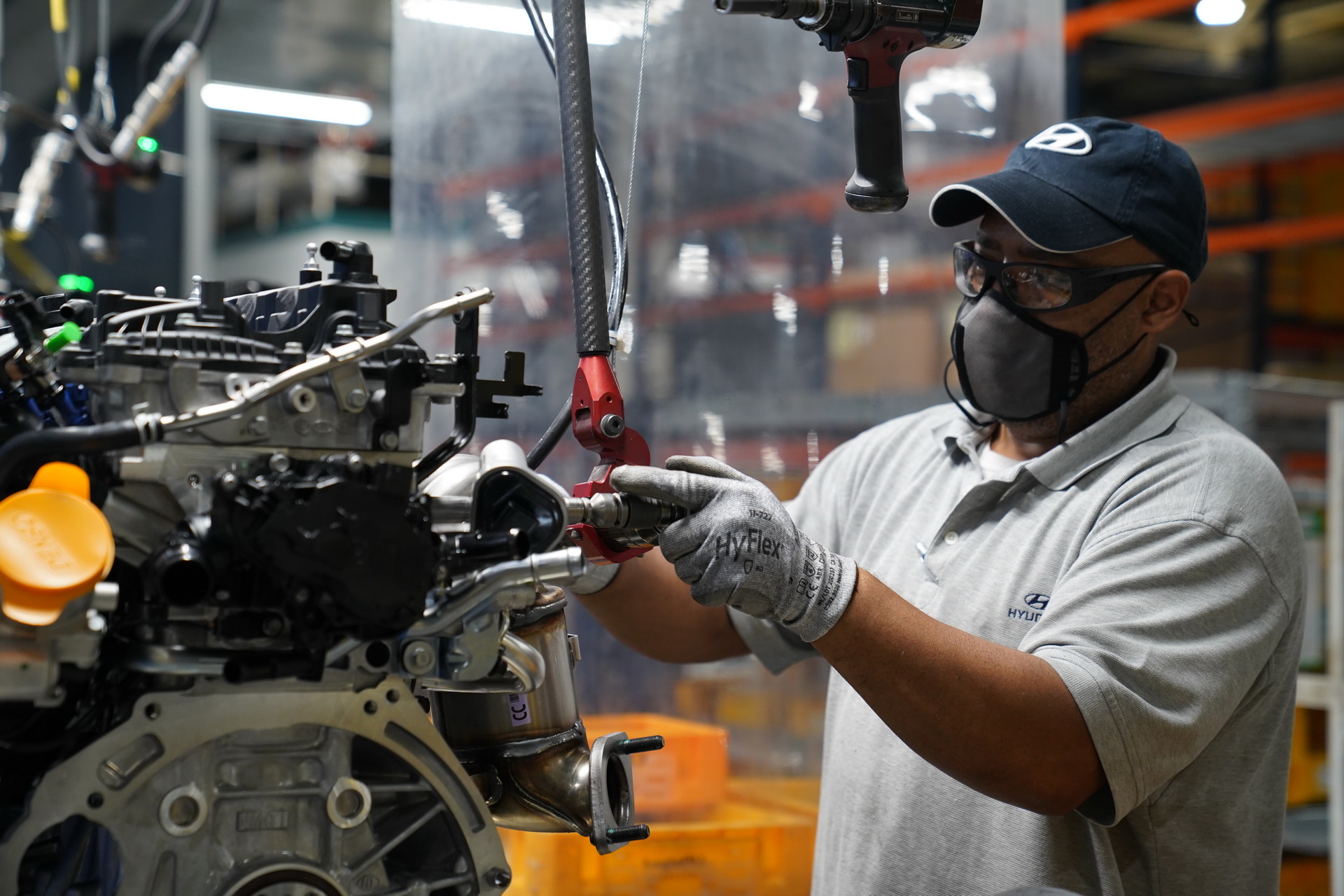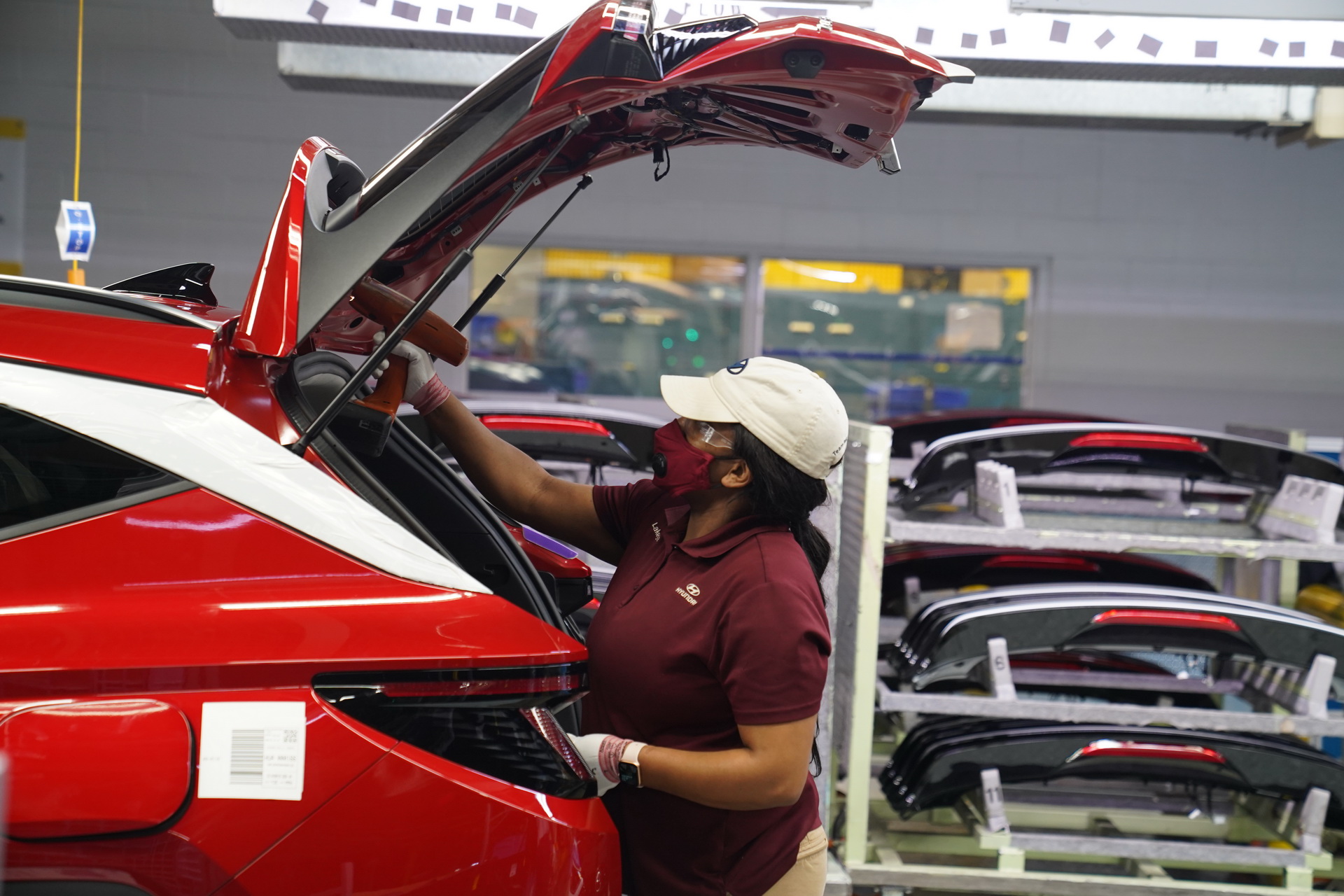Hyundai Motor Group recently announced that it will invest $7.4 billion in the U.S. by 2025, although certain specifics about these investments remain unclear.
The official word from the South Korean automaker is that the investment will expand its manufacturing footprint in the U.S. and help with the introduction of its electric vehicles. Auto News notes that this is a demonstration of how car manufacturers must consider producing vehicles and batteries in the U.S. as opposed to importing them into the U.S.
Hyundai currently operates a single factory in the U.S. located in Montgomery, Alabama while Kia operates a single factory in West Point, Georgia. It also operates a facility in Mexico. Hyundai’s announcement did not specify which of its plants will receive the investments.
Guidehouse Insights principal analyst Sam Abuelsamid suggests that due to the timing of the investments, it seems likely that Hyundai will look to boost production at both the Alabama and Georgia facilities. He suggested that the investment could also include “one additional plant dedicated to EV production.”
Read Also: Hyundai Celebrated Its Best-Ever Single Month Of Sales In April
In a recent statement regarding Hyundai’s electrification plans, Hyundai Motor North America chief executive Jose Monuz said, “We are in the midst of a big transformation of our portfolio, bringing plug-in hybrids and brings hybrids and battery-electric EVs in order to ensure that we are not fast followers but really pioneers in the new emerging green market.”
Autonews writes that various car manufacturers intend to produce more than 100 electric vehicles in the U.S. over the next four years, despite EVs still accounting for less than 2 per cent of new vehicle sales in the country. According to Autotrader executive analyst Michelle Krebs, Hyundai is in a good position to retain strong sales while it waits for EVs to account for a larger slice of the market.
“It has an array of options, from internal combustion engines to hybrids and plug-in hybrids to EVs and fuel cell vehicles, to cover its basis until the EV inflection point comes – a time no one can precisely pinpoint.”





